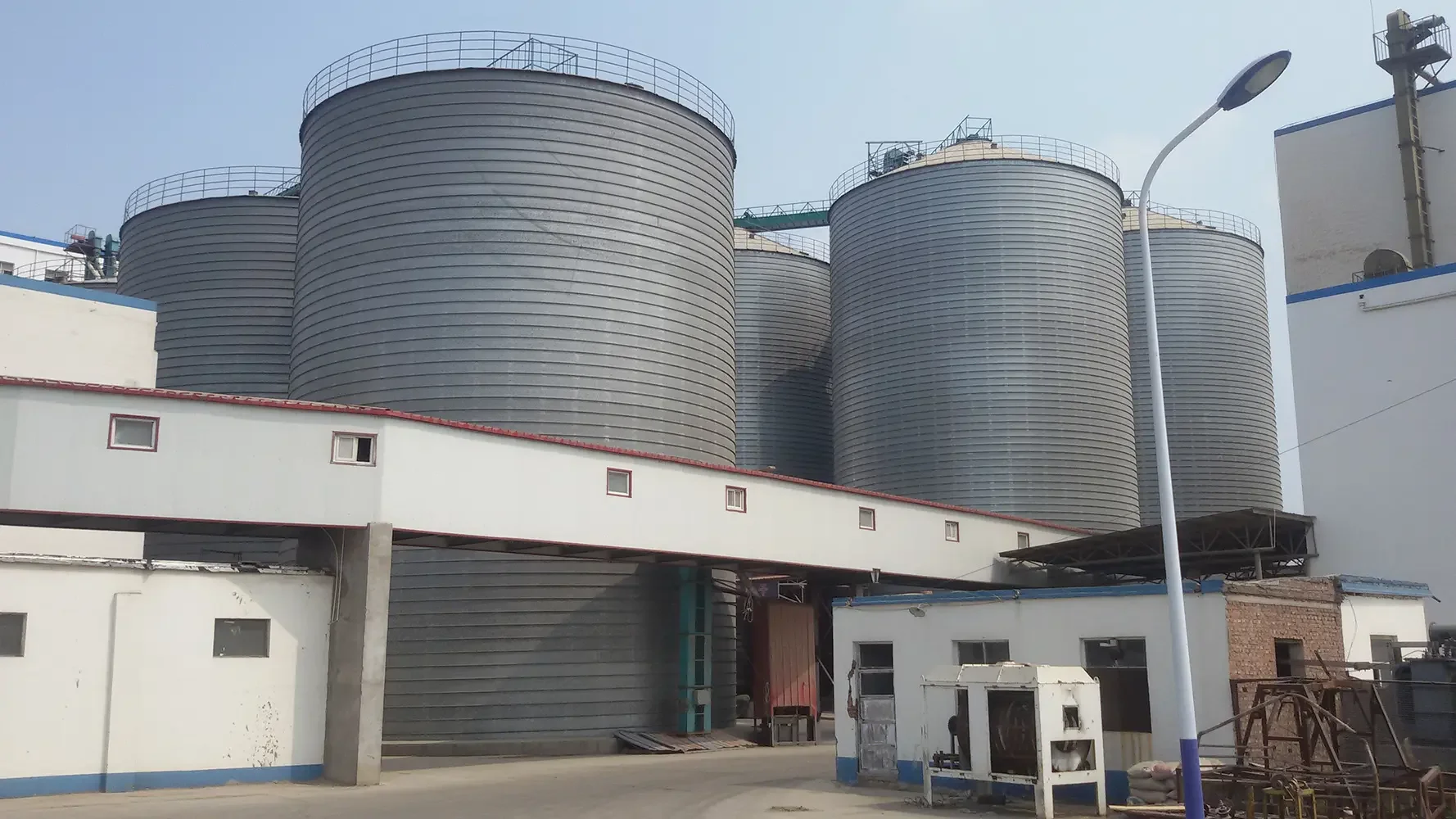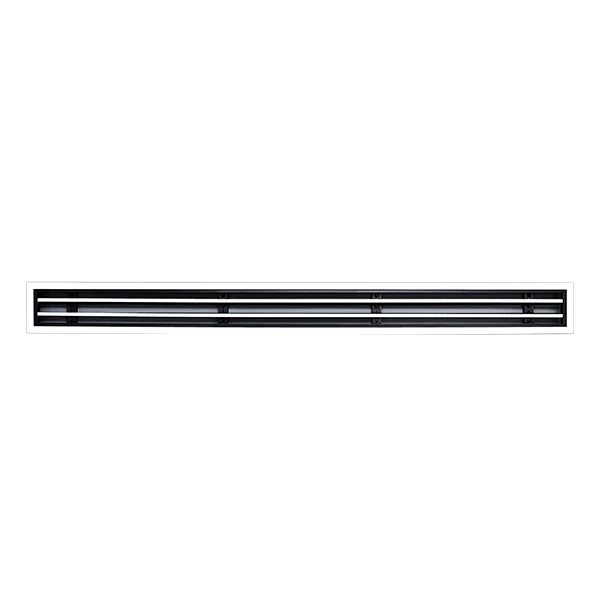In recent years, mirrorless cameras have surged in popularity among both amateur and professional photographers. Their compact design, advanced technology, and impressive image quality have made them a compelling alternative to traditional DSLR cameras. However, while mirrorless systems offer numerous advantages, they are not without their disadvantages. In this article, we will delve into the less-discussed drawbacks of mirrorless cameras, providing a comprehensive overview for potential buyers and enthusiasts.
- Battery Life: A Compromise in Power
One of the most significant disadvantages of mirrorless cameras is their battery life. Unlike DSLRs, which can capture hundreds of images on a single charge due to their optical viewfinders, mirrorless cameras rely on electronic viewfinders (EVFs) or LCD screens. This constant use of power-intensive displays can lead to a substantially shorter battery life, often ranging from 200 to 400 shots per charge. For photographers who engage in long shoots or events, this can be a considerable limitation. Carrying multiple spare batteries becomes essential, which can add to the overall cost and weight of the gear.
- Autofocus Performance: The Speed Dilemma
While many mirrorless cameras have made significant strides in autofocus technology, particularly with the advent of phase-detection pixels, they still lag behind DSLRs in certain scenarios. Fast-moving subjects, such as in sports or wildlife photography, can pose challenges for some mirrorless systems. The reliance on contrast detection in low-light conditions can lead to slower focus acquisition and potential missed shots. Although newer models are closing this gap, it is crucial for photographers to test autofocus performance in real-world conditions before making a purchase.
- Lens Availability: A Growing but Limited Selection
When mirrorless cameras first hit the market, one of the notable drawbacks was the limited selection of native lenses. While this has improved significantly, especially with major manufacturers investing in lens development, the range is still not as extensive as that available for DSLRs. Photographers who rely on specific focal lengths or specialized lenses may find themselves at a disadvantage. Additionally, adapting DSLR lenses to mirrorless bodies can lead to compatibility issues, including slower autofocus and potential loss of image quality.
- Ergonomics and Handling: A Matter of Preference
The compact design of mirrorless cameras can be both an advantage and a disadvantage. While their lightweight nature makes them easy to carry, some photographers find that smaller bodies can compromise ergonomics. The grip may not be as comfortable for extended shooting sessions, particularly with larger lenses. This can lead to fatigue and discomfort, especially for those accustomed to the heft and balance of a DSLR. It’s essential for users to handle different models to determine which design best suits their shooting style.
- Overheating Issues: A Technical Concern
Another drawback that has surfaced with some mirrorless models is overheating during extended video recording sessions. As these cameras often utilize high-resolution sensors and advanced processing capabilities, they can generate significant heat. This can lead to automatic shutdowns or reduced performance, particularly in warm environments or during long shoots. For videographers, this is a critical consideration, as it can disrupt workflow and lead to missed opportunities.
- Viewfinder Lag: The Real-Time Challenge
While electronic viewfinders offer the advantage of displaying exposure settings in real-time, they can also introduce lag, especially in low-light conditions or when tracking fast-moving subjects. This can create a disconnect between what the photographer sees and what the camera captures, leading to potential miscalculations in framing and timing. Photographers accustomed to the immediate feedback of an optical viewfinder may find this transition challenging.
Conclusion: Weighing the Pros and Cons
In conclusion, while mirrorless cameras present a host of benefits, including portability, advanced technology, and superior video capabilities, they also come with notable disadvantages that potential buyers should consider. From battery life and autofocus performance to lens availability and ergonomics, understanding these drawbacks is essential for making an informed decision. As technology continues to evolve, many of these issues may be addressed, but for now, photographers must weigh their specific needs against the limitations of mirrorless systems. Ultimately, the best camera is the one that aligns with your shooting style, preferences, and requirements.


More Stories
6 vs 7 Seats: Choosing the Right Configuration in the 2024 Audi Q5 e-tron
Smokeless Nicotine vs Cigarettes: Key Differences in Safety and Experience
Dried Edible Seaweed: Health Benefits, Nutritional Value, and Culinary Uses